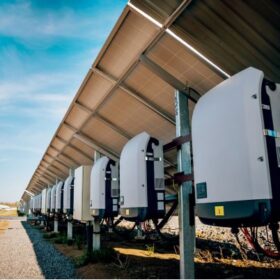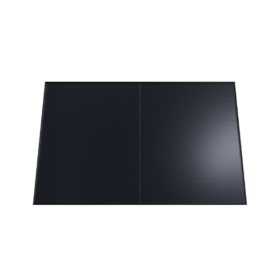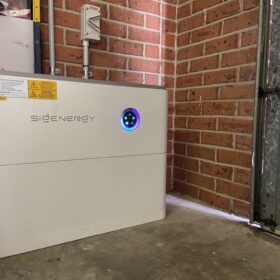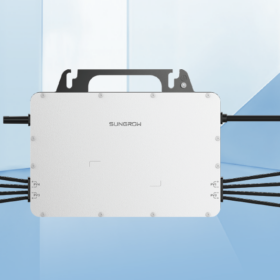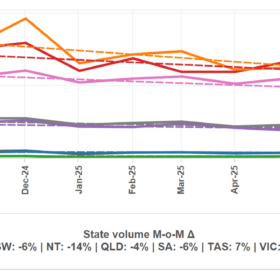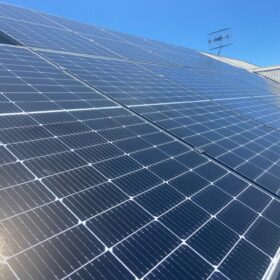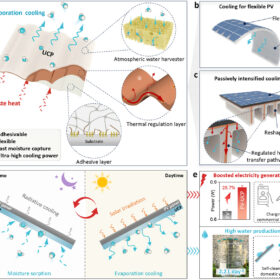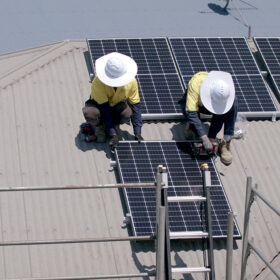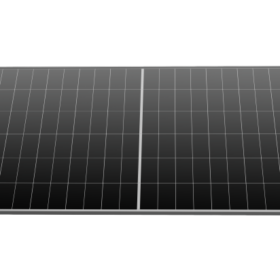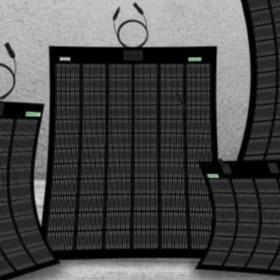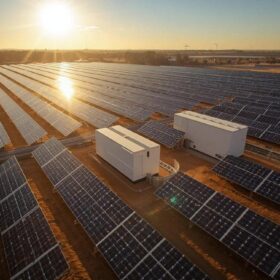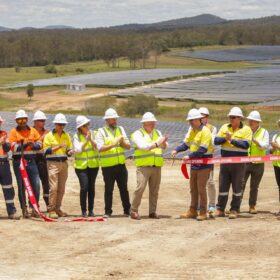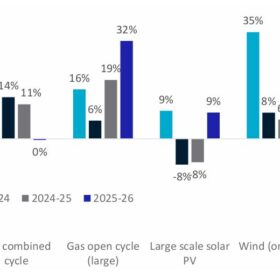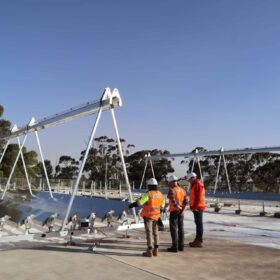US scientists develop new deep learning tech for PV inverter fault diagnosis
United States scientists have combined spatial and temporal attention mechanisms to develop a new approach for PV inverter fault detection, training the new method on a dataset created in MATLAB/Simulink, and found accuracy reached 97.35%.
Winaico introduces ultra black back-contact module with 23.5% efficiency
Solar PV manufacturer Winaico has launched a new “ultra black” back-contact solar module with a power output of up to 480 W and a conversion efficiency topping 23.5% in the Australian market.
Household battery uptake continues to boom
Battery installations in Australian homes and businesses have surged on the back of the federal government’s $2.3 billion home battery subsidy with new data revealing 423 MWh of battery energy storage capacity was registered across the country in August 2025.
Sungrow debuts 2.5 kW microinverter
The Chinese company said its new microinverter supports four independent MPPT inputs with DC input currents up to 18 A.
Rooftop solar installation rates trending down
Australia’s rooftop solar market continues to ease with the latest data from market intelligence outfit SunWiz revealing that national installation volumes dropped off by 12% in August compared to the previous month.
Rooftop solar reaches record high in Queensland
The growing influence of rooftop PV and its impact on demand dynamics has been clearly illustrated on the final day of winter with the technology helping deliver a set of renewable energy records in Queensland.
Researchers develop ultra-cooling patch to reduce PV module temperature
Scientists in Hong Kong have developed a patch that effectively cools down PV panels and utilises waste heat for freshwater production and reportedly increasing maximum power density by over 28% in a folded version of the ultra-cooling patch.
Rooftop solar reshaping Australia’s energy mix
The rise of rooftop solar is rapidly reshaping Australia’s energy landscape with a new report revealing that PV systems mounted atop the nation’s buildings contributed 14.7% of the National Electricity Market’s total generation in the first quarter of 2025.
Longi unveils lightweight module for low-load rooftops
Chinese PV manufacturer Longi has launched a lightweight back-contact solar module for low-load commercial and industrial rooftops with limited structural load capacity.
Waaree introduces flexible lightweight solar modules
Waaree Energies has launched flexible solar modules up to 70% lighter and under 3.5 mm thick. The panels can be bonded directly to surfaces without mounting penetrations, suitable for sites where drilling or heavy support structures are impractical.
